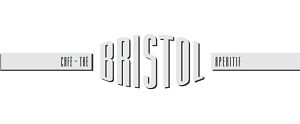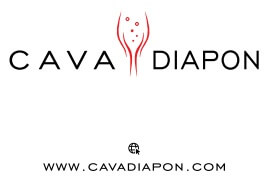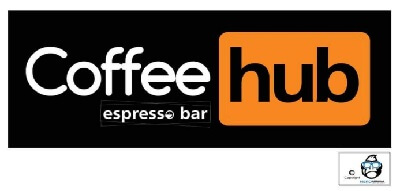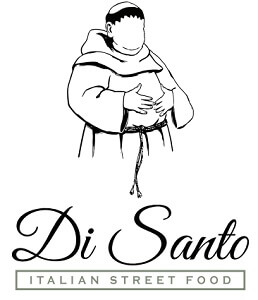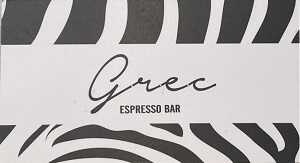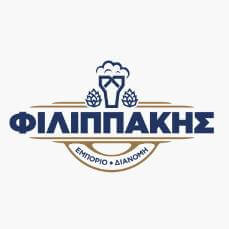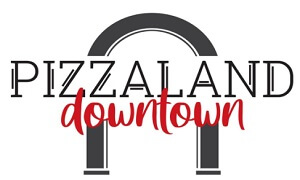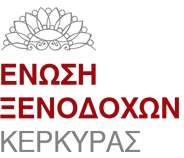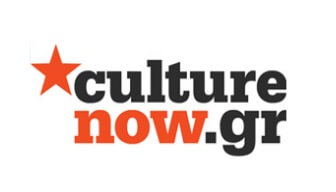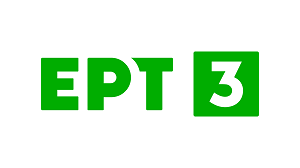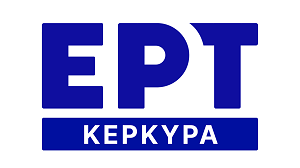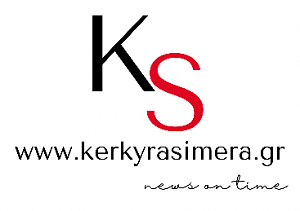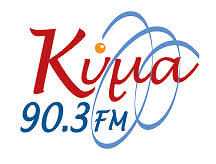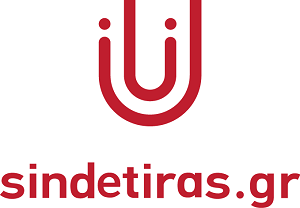1. Summary.
The central question in this paper is: What kind of knowledge is acquirable in the process of copying dance via a video? This question is approached through teaching and learning experiences as well as theoretical research. Subjects that are raised include the transmission of embodied knowledge in digital environments, the experience of failure or success, and the relationship between dance teachers and students. The possibilities offered to dance educators and students are explored, through an analysis of a dance experiment set into practice within distance education, due to COVID-19, shedding light into new perspectives in asynchronous teaching methods.
2. The research/study design and methodologies.
The use of video in dance has raised many questions in relation to the ephemeral nature of dance and has created new ways of presenting and perceiving dance performances (eg. video dance, virtual theaters, electronic dance platforms etc). In this paper, I examine the use of video as a tool in the teaching of dance in higher education degree programs within distance learning conditions. In order to examine copying through video I set an experiment.
3. The Experiment
As a dance teacher, I apply copying from video within contemporary dance courses that I teach in the context of professional performing arts institutions. During the recent lockdown period I taught an online dance course for BA1 students. As part of that course, I invited the students to learn Rosas danst Rosas (1997) choreography by A.T.De Keersmaeker through a series of instructional videos, in order to create their own choreographic structures and dance videos.
Subsequently, I distinguish two categories of learning through video and discuss their particularities: In the first case, a dance video or the recording of dance performance is used as a model video for a choreography. In the second case, an instructional video is used primarily for the teaching of dance technique, and secondly it is used for the teaching of creative tools in choreography.
3. Central questions and theoretical framework.
The central questions raised are: How can video be integrated within distance learning in dance education? Can copying via video be a useful method for the transmission of knowledge in contemporary dance and choreography? What kind of knowledge can be transmitted in this process of copying via video?
The questions above have been central to my artistic practice and research since 2010 and are nowadays popular among dance artists and educators who had to adopt to the special working conditions that occurred due to the pandemic. During the strict lockdown periods artists and educators across the globe were required to find alternative ways of working, collaborating and teaching. Using mostly internet platforms and digital environments, video has become the main tool for communication, co-creation and learning.
I focus in the practice of copying, due to its importance to the learning process (Nielsen, 2006), to the transmission of knowledge in general and to dance education in particular. I discuss body-to-body transmission, as this has been discussed by the professor of performance studies Diana Taylor (2003) to propose copying via video as a plausible means for the transmission of choreographic knowledge. This stance raises questions on the understanding of dance as an art form that is often thought ‘as ephemeral and non-reproducible’ (Phelan, 1993); an art form that exists in the body.
4. Conclusion.
Through an open form questionnaire filled in by the students and through my personal experience as a dance lecturer, I reflect on the use of video in the learning and teaching of dance, within distant learning conditions. I touch upon issues concerning distant collaboration, the relationship of movement to the two-dimensional image, and streaming platforms as a classroom.
Bibliography
Butterworth, Jo. 2004. ‘Teaching choreography in higher education: a process continuum model’, Research in Dance Education, 5 (1): 45-67.
Nielsen, Mark. 2006. “Copying Actions and Copying Outcomes: Social Learning through the Second Year.” Developmental Psychology 42 (3): 555–65.
Phelan, Peggy. 1993. The Ontology of performance: representation without reproduction. In Unmarked: The Politics of Performance. New York, London: Routledge
Sedeño-Valdellós, Ana. 2021. Body on screen: Visuality of dance practices in media during the pandemic. Avanca Cinema Journal 25.10.2021
Smith-Autard, Jacqueline Mary. 2002/1994. The Art of Dance in Education. London: A & C Black Publishers
Taylor, Diana. 2003. The Archive and the Repertoire : Performing Cultural Memory in the Americas. Durham: Duke University Press.
Back
SPONSORS
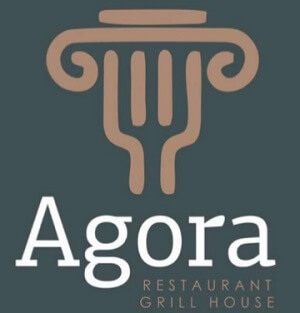 Agora Restaurant Grill House
Agora Restaurant Grill House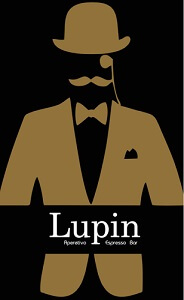 Lupin Aperitivo Espresso Bar
Lupin Aperitivo Espresso Bar

